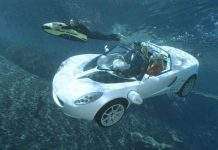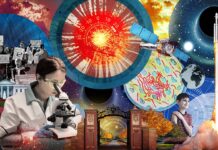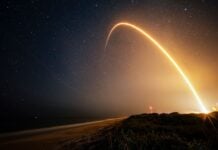The crew of Expedition 73 aboard the International Space Station (ISS) completed a busy week of research, system upkeep, and adaptation to the unique challenges of orbital life between November 17-21, 2025. The activities highlight the complex balance between scientific progress and the practicalities of long-duration space habitation.
The Challenges of Mass in Zero-G
One of the fundamental questions for astronauts in space is how to measure mass without gravity. As NASA astronaut Johnny Kim explained in a recent post, weightlessness does not mean massless. To determine an astronaut’s mass, the crew utilizes specialized equipment, such as Russia’s Body Mass Measurement Device, which applies Newton’s Second Law (F=ma). By applying a known force and measuring the resulting acceleration, the mass can be precisely calculated.
Why this matters: Accurate mass measurement is crucial for long-duration spaceflight, especially for monitoring astronaut health and ensuring proper resource allocation. Without gravity, standard scales are useless, making specialized tools essential.
Scientific Experiments in Microgravity
The Expedition 73 crew made significant progress on several scientific fronts:
- DROPLET: NASA flight engineer Mike Fincke continued an experiment on particle behavior in liquid droplets, using a fluorescence microscope to observe how particles attach and rearrange in weightlessness. This research has implications for fluid dynamics and materials science.
- Ultrasound 3: Zena Cardman tested a new scanning device for crew health monitoring, including heart, vein, bone, organ, and tissue imaging. The device could revolutionize in-space medical diagnostics.
- Stellar Stem Cells-2: Mike Fincke reported ongoing work inside the Microgravity Science Glovebox, studying how microgravity affects stem cells becoming cardiac and brain cells. This research is vital for regenerative medicine, as space-based stem cell growth may be more efficient than on Earth.
Maintaining the Orbital Complex
Keeping the ISS operational requires constant maintenance. This week, the crew performed the following key tasks:
- Orbital Adjustment: Russia’s Progress MS-32 fired its engines for over 14 minutes, raising the station’s orbit by 1 mile at apogee and 2.3 miles at perigee. These adjustments ensure proper positioning for upcoming crew arrivals.
- Crew Accommodation: Jonny Kim prepared a temporary sleep station in the Columbus module for three arriving Soyuz MS-28 crew members, briefly increasing the station’s occupancy to 10.
- Spacesuit Preparation: Zena Cardman documented and packed components from the station’s extravehicular mobility units (EMUs) for return to Earth on Russia’s Soyuz MS-27 spacecraft.
Crew and Logistics
As of Friday, November 21, the ISS housed seven crew members: Sergey Ryzhikov and Oleg Platonov (Roscosmos), Zena Cardman, Mike Fincke, and Jonny Kim (NASA), and Kimiya Yui (JAXA). The station also had two docked crew spacecraft (SpaceX’s Dragon “Endeavour” and Roscosmos’ Soyuz MS-27) and three cargo spacecraft (Progress MS-31, Progress MS-32, and Japan’s HTV-X1).
The week’s activities demonstrate the ISS’s role as a unique laboratory for scientific advancement, logistical coordination, and international cooperation. Maintaining this complex orbiting outpost requires constant effort and adaptability from the crew, ensuring its continued operation for future research and exploration.






































































